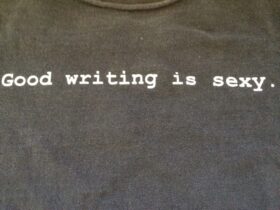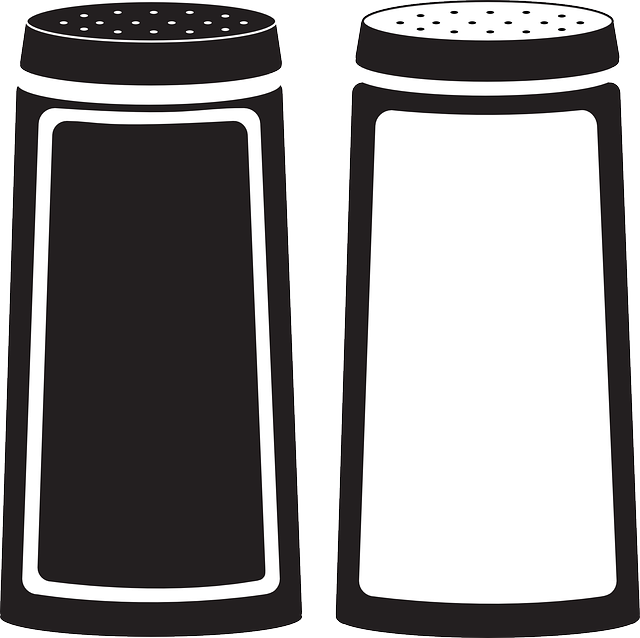Writers are well-advised to spice up their writing to immerse a reader in their story, to make it compelling, sexy, and enticing. A dash of this and a dash of that, such as these diverse dashes that are often confused.
The Em Dash (—)
Em dashes get their name from typography: Possessing the same width as the letter “m,” em dashes are a versatile punctuation mark with a variety of uses.
In fact, it might the most versatile punctuation mark there is. My writing is witness to that.
One use case for em dashes is as a substitute for commas. Especially in sentences that would otherwise contain a great deal of commas, substituting em dashes can help make your writing easier to read. For example:
- Commas-only: In the end, I finally decided, after a great deal of time, thought, and effort, that I no longer wished to attend the party.
- With em dashes: In the end, I finally decided—after a great deal of time, thought, and effort—that I no longer wished to attend the party.
- Note in this example how the em dashes add emphasis to the phrase they surround.
Em dashes can also stand in for parentheses. Just as in the example above, em dashes can be used to add emphasis to the content that they section off:
- With parentheses: The zoo was home to a variety of amazing animals (lions, tigers, and even bears) that pleased the crowds that came to see them each day.
- With em dashes: The zoo was home to a variety of amazing animals—lions, tigers, and even bears—that pleased the crowds that came to see them each day.
A single em dash can also be used in place of a colon to make connections between a sentence’s clauses and—just as in the other use cases—add further emphasis:
- Colon: Beautiful weather, great food, and unique landmarks: she couldn’t have asked for more from this weekend vacation.
- Em dash: Beautiful weather, great food, and unique landmarks—she couldn’t have asked for more from this weekend vacation.
They can also be used to signify interruptions or changes in the direction of a thought, as in this example: “Wait! I was going to—never mind.”
This action is stereotypic female as well as stereotypically me, as in “But, I digress.”
The En-Dash (–)
By comparison the shorter en dash—taking up the same space on the page as the letter “n”—has fewer, simpler use cases by comparison.
The en dash is most frequently used to connect numbered ranges, like dates and scores. For example:
- The home team won the game by a final score of 28–14.
- She lived for nearly a century, from 1916–2008.
- His sabbatical lasted from May–September.
It’s also used to express conflict, direction, or connection between groups or concepts, as in the following examples:
- Conflict: After the election, the liberal–conservative debates continue.
- Direction: The mountain range ran along a north–south line.
- Connection: The train line runs through the Boston–New York–Philadelphia corridor.
Lastly, the en-dash is used in certain types of compound adjectives. Typically, a hyphen is used to connect the words in a compound adjective (see below). However, when the compound adjective contains an entity that is made up of multiple words, it’s correct to use an en-dash. Compare hyphens and en-dashes in these examples:
- Hyphen: She was a scholar of the post-war novel.
- En-dash: She was a scholar of the post–World War II novel.
- Hyphen: The prize-winning entry caused quite a stir in the intelligentsia.
- En-dash: The Nobel Prize–winning scientist was overwhelmed by winning yet another award.



I finally learned how to use the em-dash! Not often, but at least I use it correctly now.
Ha! I believe I wrote this post because I need the primer daily – my writing style is ‘dashing’ (wink-wink)